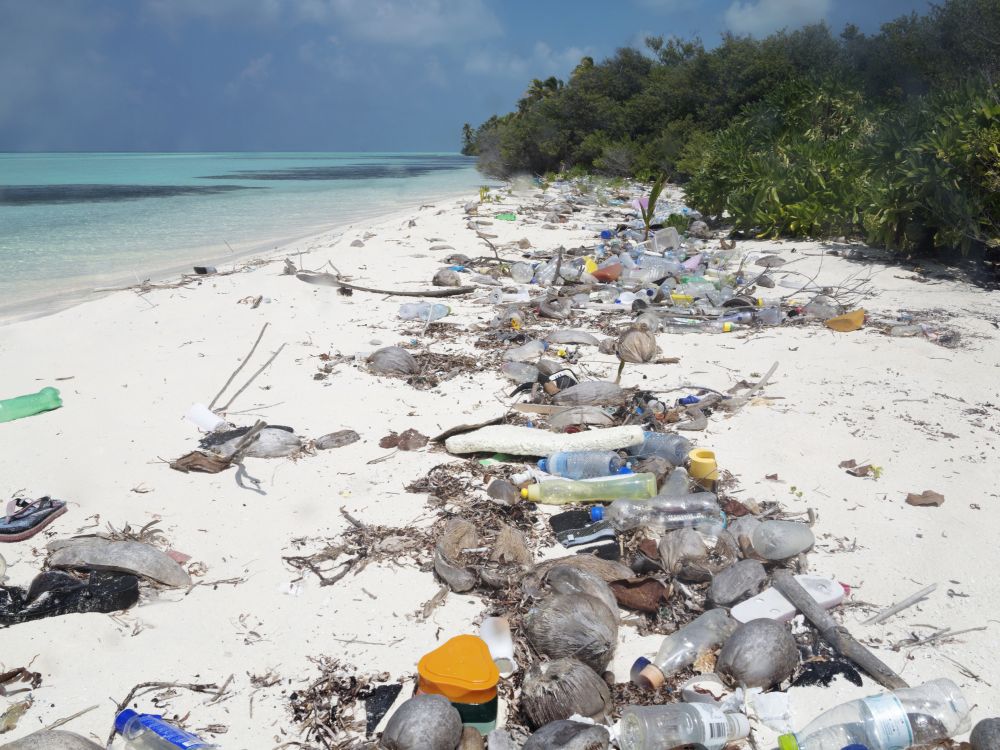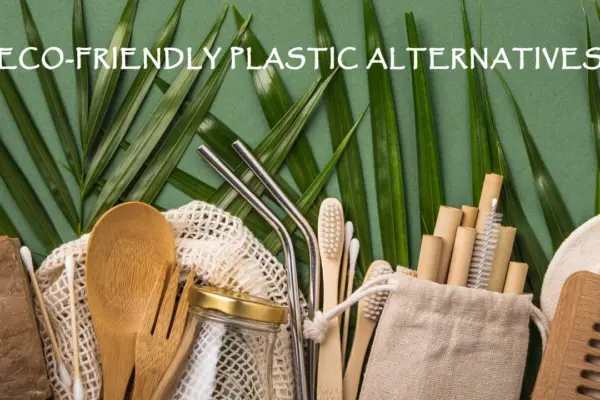Maldives Registers Maximum Levels of Microplastics on the Planet, Study Reveals
The amount of microplastic pollution has increased across the world in the past few years, especially the oceans. The presence of microplastics around the oceanic waters is global. The Maldives, which is a global tourist destination known for its beautiful coastline, has registered maximum levels of microplastics in the world. The quantity of microplastics in waters around the Maldives is a potential threat to marine life in shallow reefs and threatens the livelihoods of island communities as well.
These micro-plastics are smaller fragments of plastic waste that measure less than 5 millimeters long, making them invisible water pollutants. Small pieces of plastic can break down over a period of time from plastic bottles, textiles and clothing, that remain in the world’s oceans.

Image: Scimex
Marine scientists from Flinders University in Australia noted the levels of plastic pollution in the sand across 22 sites off the coast of Naifaru, the most populous island in Lhaviyani Atoll, to evaluate the amount of microplastics around the island. The findings were published in Science of the Total Environmental journal.
According to Flinders University Honors student and lead researcher Toby Patti,
The concentration of micro-plastics found on Naifaru in the Maldives (55 -1127.5 micro-plastics/kg) was greater than those previously found on a highly populated site at Tamil Nadu, India (3—611 micro-plastics/kg), and was a similar concentration to that found on inhabited and uninhabited islands elsewhere in the Maldives (197 -822 particles/kg).
He further added that the majority of microplastics discovered in the study were less than 0.4mm in width. The results of the research raise worries about the potential for microplastic consumption by aquatic organisms in the shallow coral reef system.
It is possible that a high concentration of microplastics could have been brought by ocean tides from neighboring countries in the Indian Ocean such India, as well from Maldivian land reclamation policies, poor sewerage and wastewater systems.
Professor Karen Burke Da Silva said that ‘rubbish islands’ used as landfill sites are furthering the high levels of micro-plastic found around the island. She says,
Current waste management practices in the Maldives cannot keep up with population growth and the pace of development. The small island nation encounters several challenges regarding waste management systems and has seen a 58% increase of waste generated per capita on local islands in the last decade.
Currently, the scientists are studying the stomach content of coral reef fish to examine any traces of micro-plastics. While the impact of plastic pollution is widely known and studied for years, micro-plastics and nano-plastics have emerged as a much bigger threat to ecosystems.


